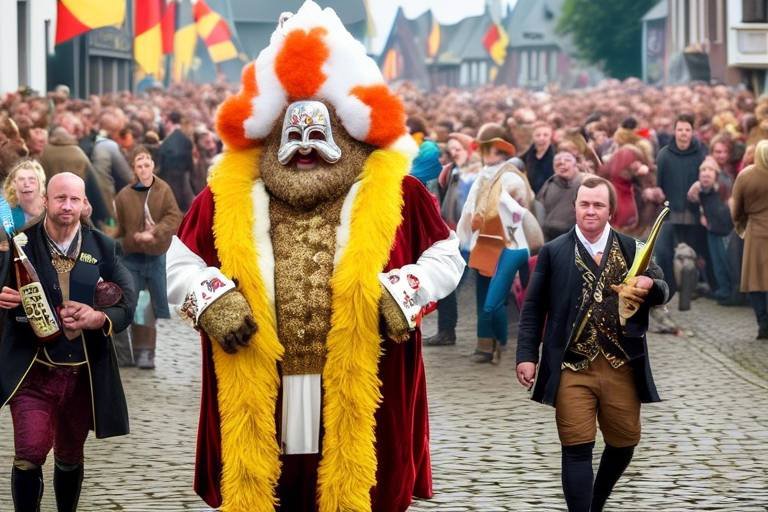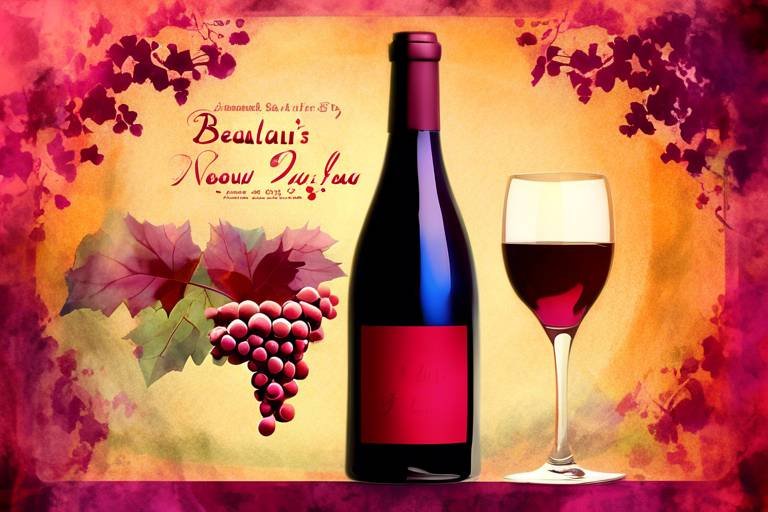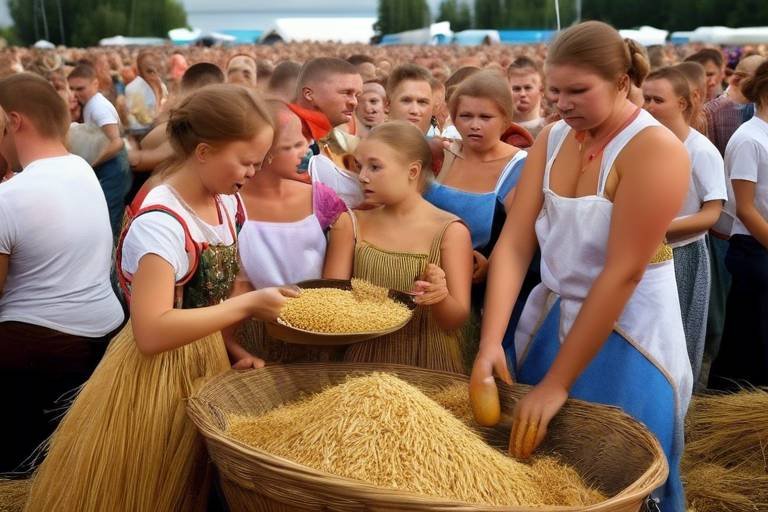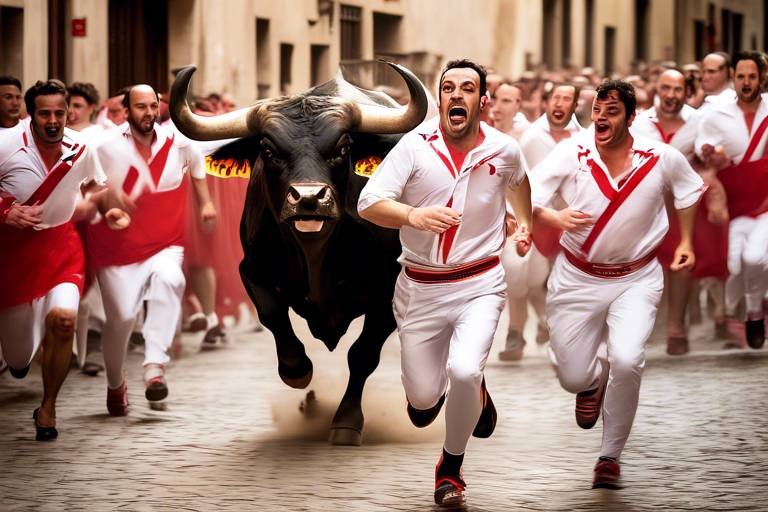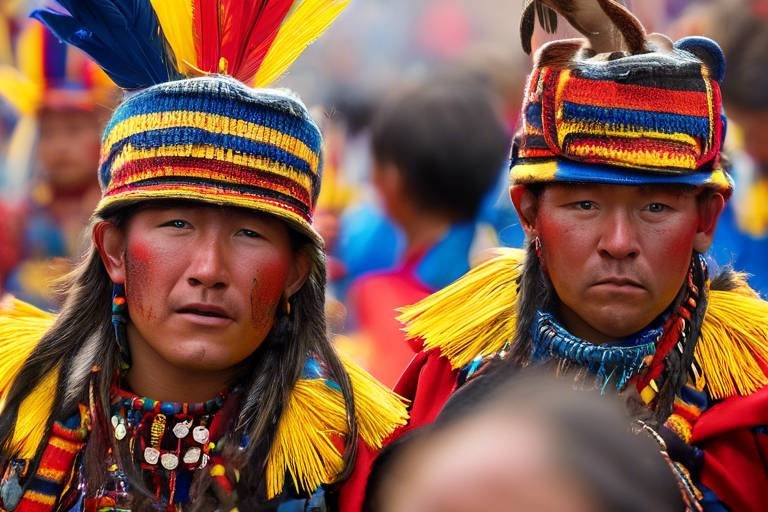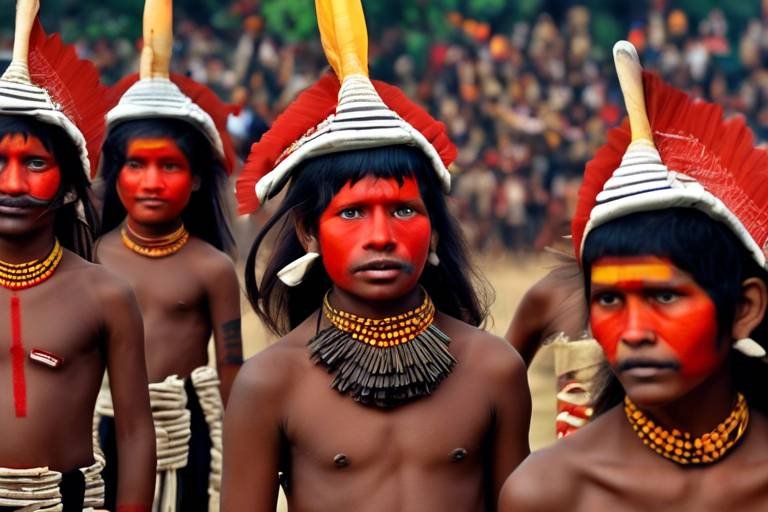The Extravagance of Belgium's Ommegang Festival
The Ommegang Festival in Belgium is a spectacular event that captures the essence of the country's rich history and cultural heritage. Held in the vibrant city of Brussels, this grand procession is a mesmerizing display of elaborate costumes, enchanting music, and captivating performances that transport attendees back to the medieval era.
As one delves into the heart of the Ommegang Festival, a journey through time unfolds, revealing the roots of this tradition that date back to the 16th century. Originally established to honor Emperor Charles V and his son, Philip II of Spain, the festival has evolved into a cherished celebration that pays homage to Belgium's illustrious past.
One of the most striking aspects of the Ommegang Festival is the array of traditional costumes and attire worn by participants. Each garment is meticulously crafted to reflect a specific historical period or character, showcasing the intricate craftsmanship and attention to detail that define this cultural extravaganza.
Furthermore, the symbolism embedded in the costume designs adds another layer of depth to the festival experience. The colors, patterns, and accessories adorning the outfits carry profound meanings, representing various facets of Belgian history and culture that are brought to life through the visually stunning ensembles.
Accompanying the visual splendor of the Ommegang Festival are the lively musical performances and vibrant processions that animate the streets of Brussels. The traditional instruments, including drums, trumpets, and bagpipes, fill the air with melodious tunes, creating a festive ambiance that enchants spectators.
Indulging in the culinary delights offered at the Ommegang Festival is a treat for the senses. From delectable Belgian specialties like waffles and chocolates to a diverse selection of local beers, the food and drink offerings add a delicious dimension to the cultural celebration, tantalizing taste buds and satisfying cravings.
Looking beyond its historical roots, the Ommegang Festival holds modern-day significance, influencing Belgian culture, tourism, and historical reenactments worldwide. Its enduring legacy continues to captivate audiences and showcase the grandeur of Belgium's heritage, making it a must-see event for locals and visitors alike.
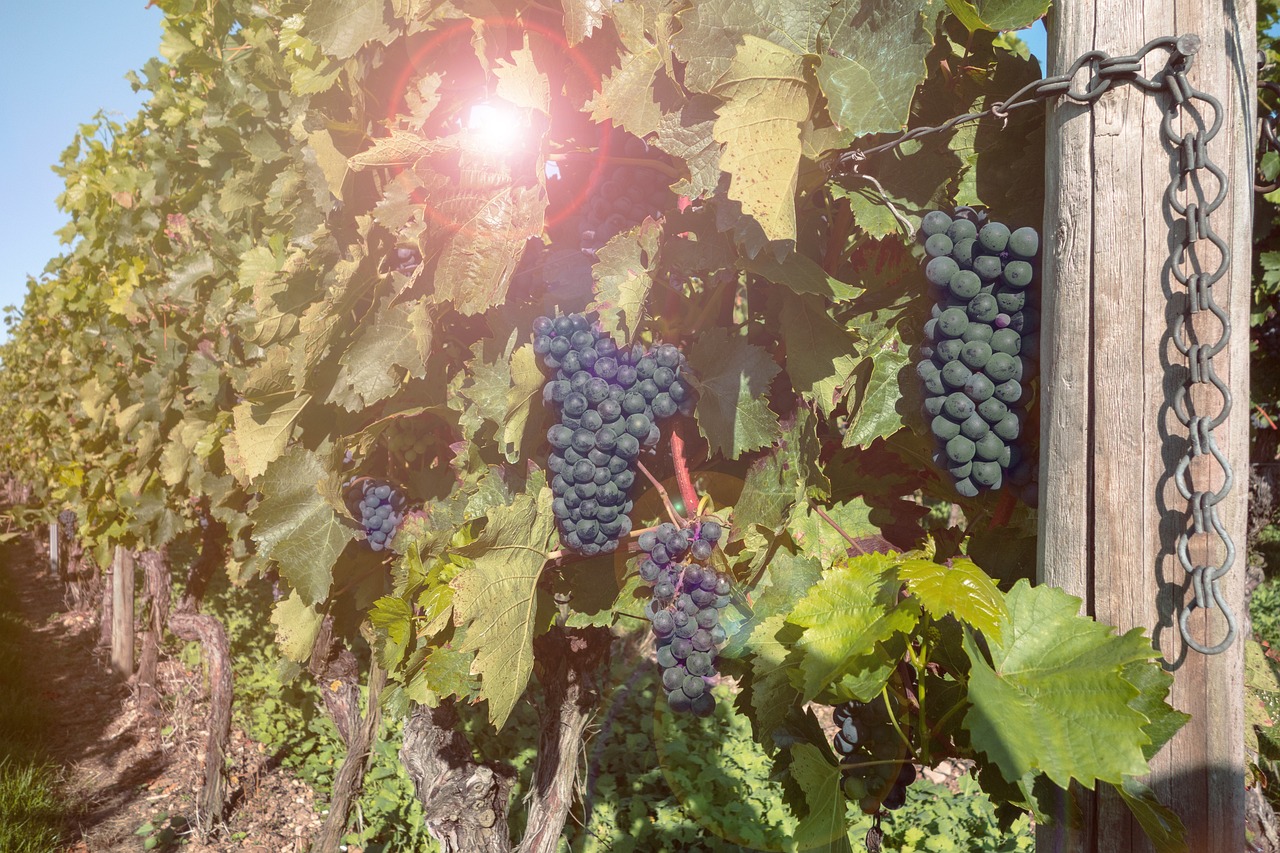
History of the Ommegang Festival
The Ommegang Festival holds a rich history that dates back to the 16th century, originating as a grand event to honor Emperor Charles V and his son, Philip II of Spain. This historical procession was first held in Brussels, showcasing elaborate displays of pageantry and celebration that have continued to captivate audiences for centuries.
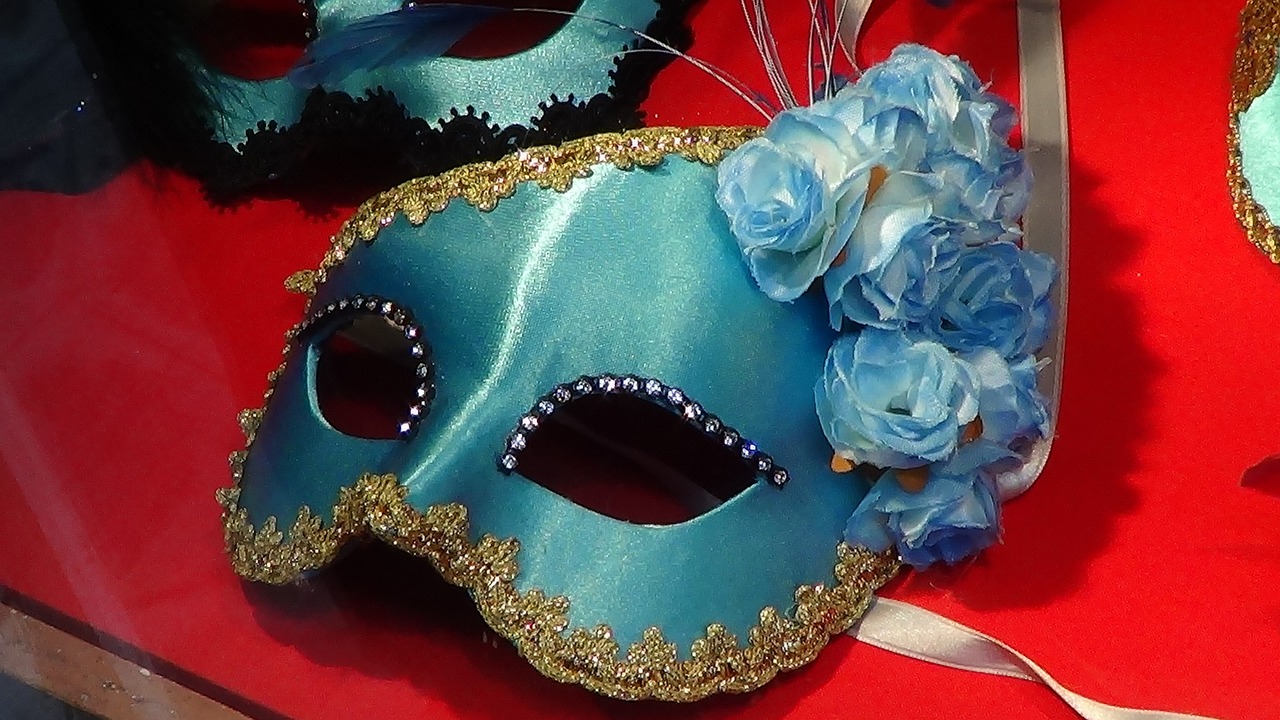
Traditional Costumes and Attire
When it comes to the Ommegang Festival in Belgium, one cannot overlook the magnificence of the traditional costumes and attire worn by participants. These outfits are not merely garments; they are intricate pieces of art that transport spectators back in time to different historical eras. Each costume tells a story, reflecting a specific period or character from Belgium's rich past.
The attention to detail in the traditional costumes is truly remarkable. From the elaborate embroidery to the fine fabrics used, every aspect is carefully crafted to ensure authenticity and historical accuracy. Participants take great pride in donning these outfits, embodying the spirit of the festival and paying homage to the traditions of their ancestors.
Moreover, the symbolism embedded in the costume designs adds another layer of depth to the Ommegang Festival. Colors, patterns, and accessories are carefully chosen to represent various aspects of Belgian history and culture. Through these symbols, participants not only showcase their heritage but also express their pride and reverence for the country's past.
Walking through the streets of Brussels during the festival, one can witness a vibrant tapestry of colors and textures as participants parade in their traditional attire. The visual spectacle is truly awe-inspiring, capturing the essence of a bygone era and immersing onlookers in a world of historical grandeur and elegance.
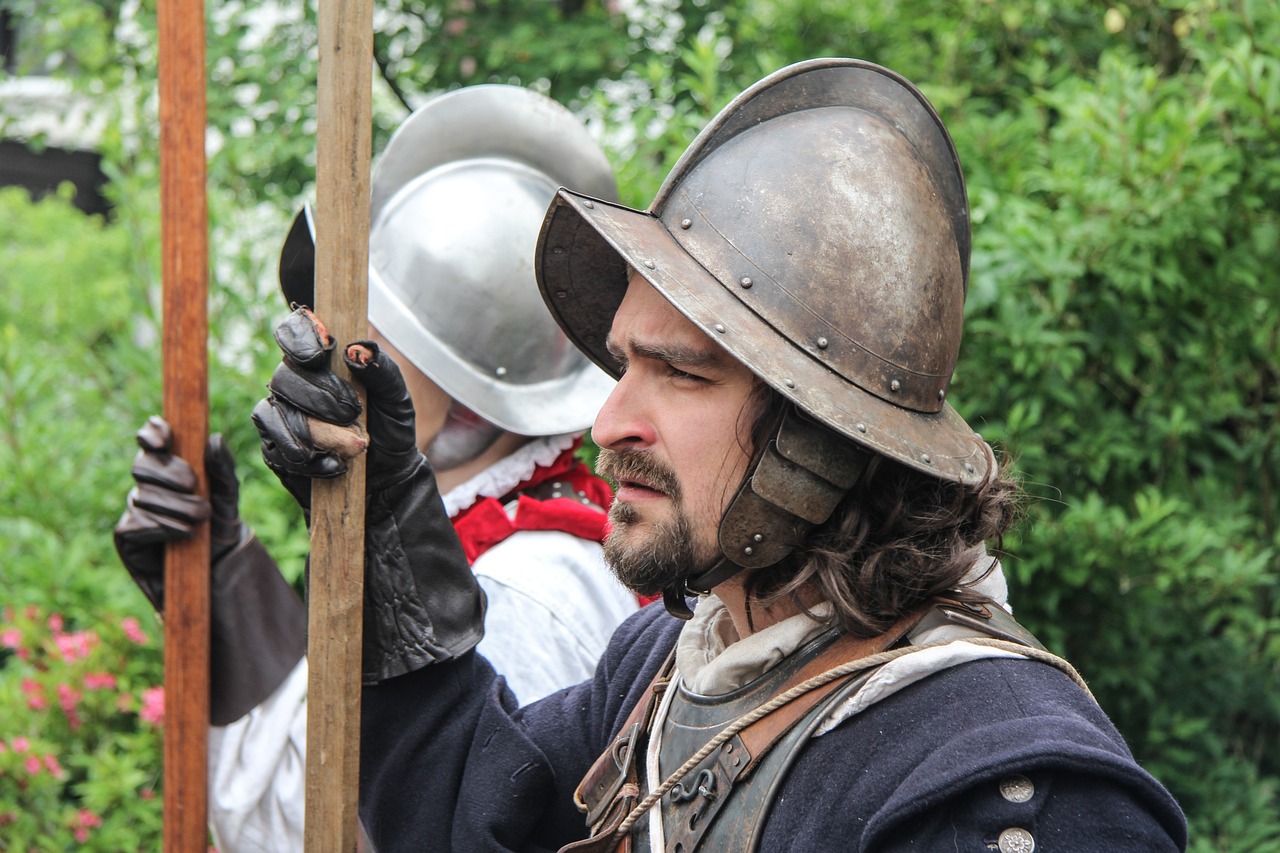
Symbolism in Costume Designs
When delving into the intricate world of costume designs at Belgium's Ommegang Festival, one cannot help but be mesmerized by the deep symbolism embedded in each outfit. These costumes are not merely garments; they are living representations of history, culture, and tradition. Every color, pattern, and accessory has a story to tell, weaving a tapestry of symbolism that enriches the festival experience.
Take, for example, the vibrant hues adorning the costumes. The rich reds, deep blues, and golden yellows are not chosen at random but hold significant meanings. Red may symbolize courage and passion, reflecting the valor of historical figures depicted in the costumes. Blue could represent loyalty and wisdom, embodying the ideals of chivalry and honor. Meanwhile, gold may signify wealth and prosperity, mirroring the opulence of past eras.
The intricate patterns embellishing the costumes are another layer of symbolism. From intricate floral motifs to geometric designs, each pattern carries a message. Flowers may symbolize beauty and growth, while geometric shapes could represent unity and harmony. These patterns not only add aesthetic appeal but also convey deeper meanings that connect the wearers to their cultural heritage.
Furthermore, the accessories worn by participants play a crucial role in conveying symbolism. From ornate headdresses to elaborate jewelry, every accessory is carefully chosen to enhance the overall narrative of the costume. A feathered cap may symbolize nobility, while a brooch could represent familial ties. These accessories serve as visual cues that offer insights into the character and historical period being portrayed.
Overall, the symbolism in costume designs at the Ommegang Festival transcends mere aesthetics; it is a language of its own, speaking volumes about Belgium's rich history and cultural legacy. Each costume is a masterpiece of storytelling, inviting spectators to immerse themselves in a world where every thread, color, and embellishment carries a profound significance.

Musical Performances and Processions
The at the Ommegang Festival are a mesmerizing display of talent and tradition. As the procession winds its way through the streets of Brussels, the air is filled with the enchanting sounds of traditional musical instruments. Drummers set the pace with rhythmic beats, trumpeters herald the arrival of important figures, and the haunting melodies of bagpipes echo through the crowd, transporting spectators back in time.
Each musical performance is carefully choreographed to complement the elaborate costumes and historical themes of the festival. The musicians, dressed in period attire, add a dynamic element to the procession, creating a sensory feast for all in attendance. The music serves not only as entertainment but also as a means of immersion into the rich tapestry of Belgian history and culture.
Furthermore, the processions themselves are a sight to behold. Giant floats adorned with intricate decorations glide through the streets, depicting scenes from medieval life and historical events. Participants march alongside, their costumes resplendent in color and detail, embodying the spirit of the festival with every step.
As the day turns to night, the atmosphere becomes electric with excitement. The flickering torches held by participants cast a warm glow on the proceedings, adding a touch of mystery and drama to the spectacle. The combination of music, pageantry, and community spirit creates a truly unforgettable experience for all who witness the musical performances and processions at the Ommegang Festival.
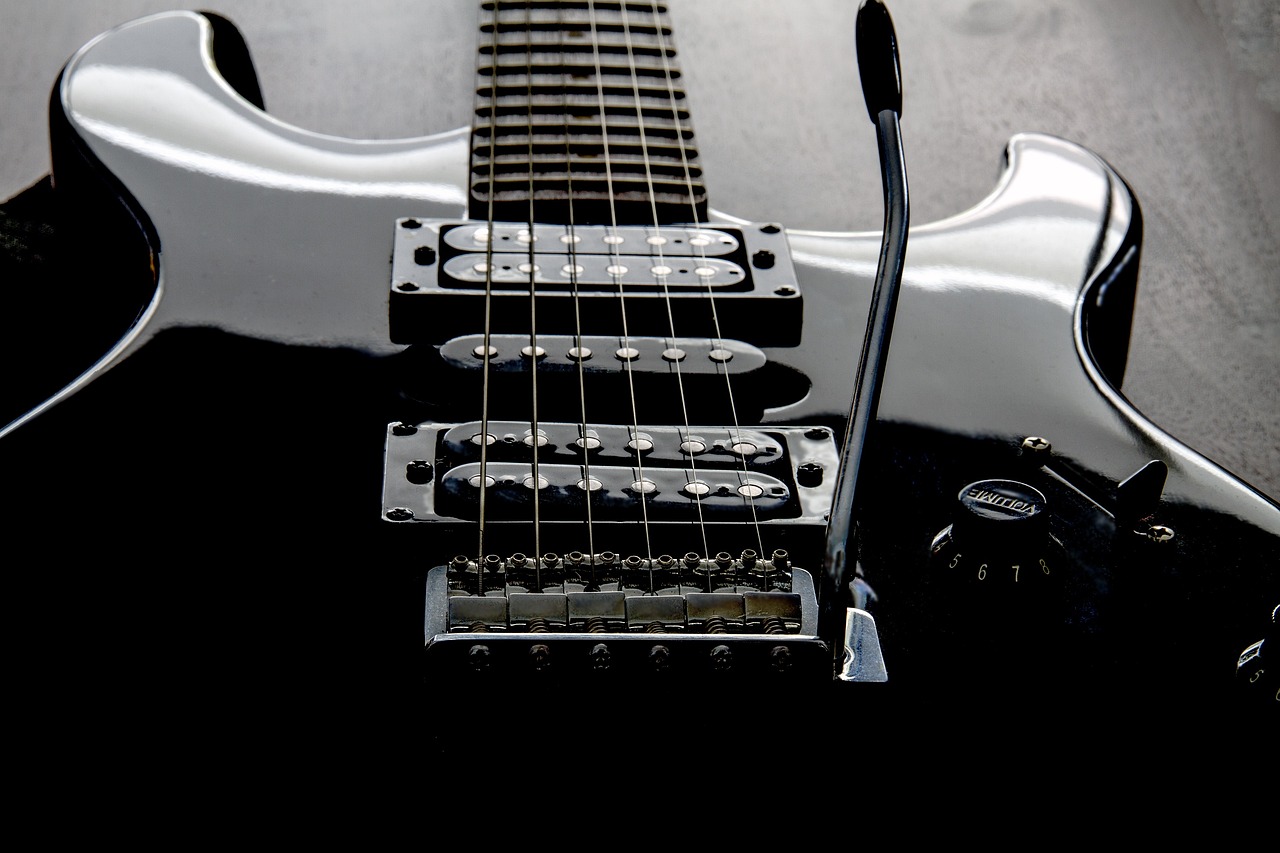
Instruments Used in the Festival
When it comes to the Ommegang Festival in Belgium, the musical performances play a crucial role in creating a vibrant and historical ambiance. Traditional instruments are skillfully played by musicians, adding an extra layer of authenticity to the event. Among the instruments commonly used during the festival are drums, trumpets, and bagpipes.
Drums, with their rhythmic beats, set the pace for the procession, echoing through the streets of Brussels and captivating the audience. The deep, resonant sound of the drums adds a sense of grandeur and excitement to the festival, enhancing the overall experience for participants and spectators alike.
Trumpets, with their regal and triumphant tones, herald the arrival of important figures and groups during the procession. The bright and clear notes of the trumpets cut through the air, announcing the beginning of each segment of the festival and adding a touch of majesty to the event.
Bagpipes, with their distinctive sound and haunting melodies, evoke a sense of nostalgia and tradition during the Ommegang Festival. The melodic tunes played on the bagpipes transport attendees back in time, immersing them in the rich history and cultural heritage of Belgium.
Each instrument used in the festival has a specific role to play, contributing to the overall atmosphere and spectacle of the Ommegang procession. The harmonious blend of drums, trumpets, and bagpipes creates a symphony of sound that accompanies the elaborate costumes, colorful banners, and historical reenactments, making the Ommegang Festival a truly unforgettable experience.
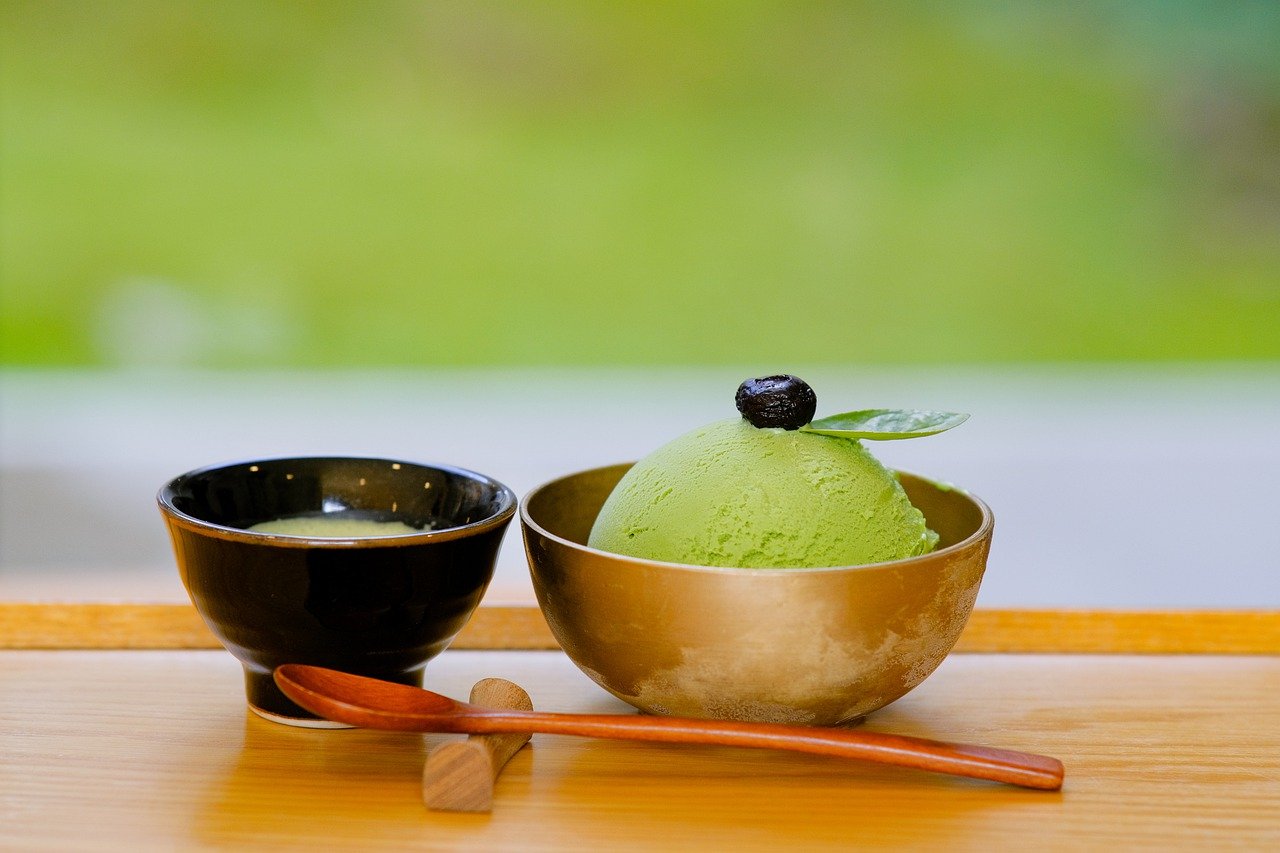
Food and Drink Offerings
Indulge in the delicious food and drink offerings available at the Ommegang Festival, a culinary extravaganza that tantalizes the taste buds of all attendees. From savory delights to sweet treats, the festival showcases a wide array of Belgian specialties that reflect the rich gastronomic heritage of the region.
One of the most iconic offerings at the Ommegang Festival is the delectable Belgian waffles, known for their crispy exterior and fluffy interior. Served with a variety of toppings such as fresh fruits, whipped cream, and decadent chocolate sauce, these waffles are a must-try for visitors seeking a delightful snack or dessert.
Chocoholics rejoice at the festival's abundance of exquisite Belgian chocolates, crafted with precision and artistry by skilled chocolatiers. From creamy pralines to rich truffles, each bite of these handcrafted chocolates is a decadent experience that showcases Belgium's mastery in the art of chocolate making.
For those looking to quench their thirst, the Ommegang Festival offers a diverse selection of local beers that cater to every palate. From crisp lagers to bold ales, beer enthusiasts can savor the unique flavors and aromas of Belgian brews while immersing themselves in the festive atmosphere of the event.
Additionally, visitors can explore the vibrant marketplace at the festival, where local vendors offer a range of traditional dishes such as hearty stews, savory sausages, and flavorful cheeses. These culinary delights provide a glimpse into the rich tapestry of Belgian cuisine, inviting guests to savor the authentic flavors of the region.
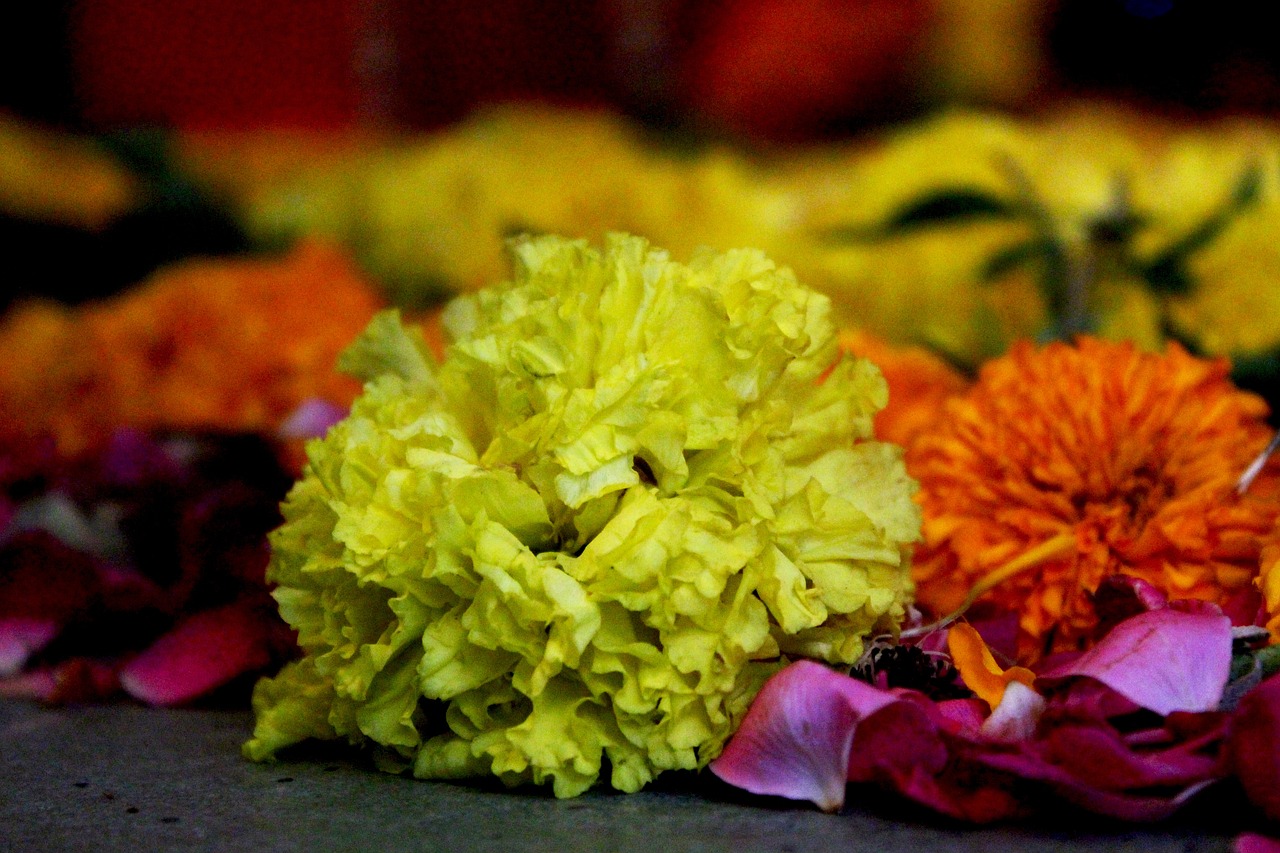
Culinary Traditions of the Festival
When it comes to the Ommegang Festival in Belgium, it's not just the historical reenactments and colorful processions that steal the show. The culinary traditions associated with the festival play a significant role in immersing visitors in the rich flavors of Belgian cuisine. From savory delights to sweet treats, the food offerings at the Ommegang Festival are a feast for the senses.
One of the standout culinary attractions at the festival is the array of Belgian specialties that showcase the country's gastronomic heritage. Indulge in crispy and fluffy waffles topped with a generous dollop of whipped cream and fresh berries, a quintessential Belgian delight that never fails to satisfy sweet cravings.
For chocolate lovers, the Ommegang Festival is a paradise with its tempting displays of artisanal chocolates in various shapes and flavors. From smooth milk chocolate to rich dark varieties, each bite is a decadent experience that highlights Belgium's reputation as a chocolate lover's haven.
Of course, no visit to the Ommegang Festival is complete without sampling the diverse selection of local beers that flow freely during the event. From refreshing ales to complex Trappist brews, the festival offers a chance to savor the craftsmanship and tradition behind Belgium's world-renowned beer culture.
Moreover, the culinary traditions of the Ommegang Festival extend beyond individual dishes to encompass communal dining experiences that bring people together over shared meals. Whether enjoying a hearty stew or a delicate pastry, the festival fosters a sense of camaraderie and conviviality that adds an extra layer of enjoyment to the cultural celebration.
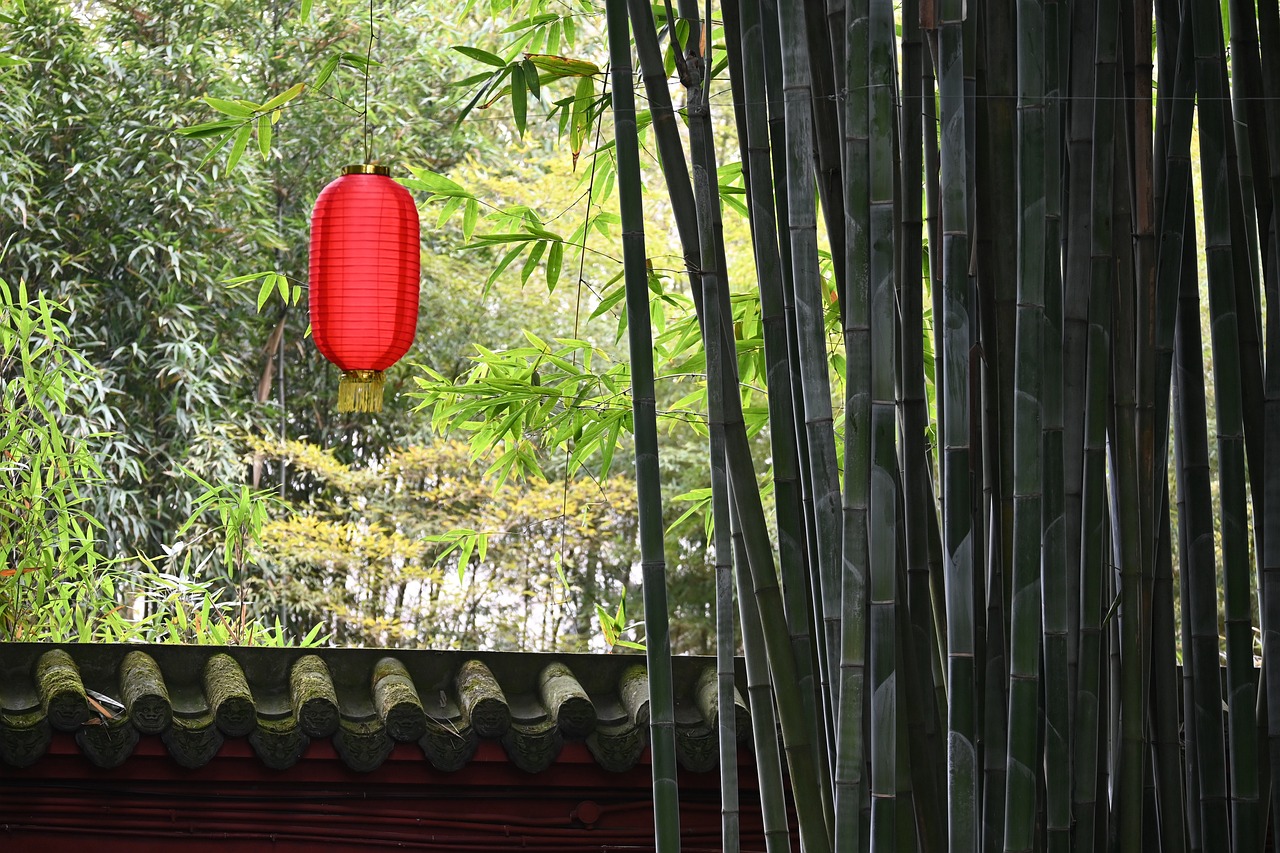
Modern-Day Significance and Global Influence
As the sun sets over the picturesque city of Brussels, the Ommegang Festival comes alive with a vibrant energy that transcends time. This historical procession, steeped in tradition and cultural significance, is not just a mere reenactment but a living, breathing homage to Belgium's medieval past. The grandeur of the festival is a testament to the enduring legacy of a bygone era, where elaborate costumes, melodious music, and spirited performances converge to create an unforgettable experience for both locals and visitors alike.
Stepping back in time, the origins of the Ommegang Festival can be traced back to the 16th century, a period marked by the reign of Emperor Charles V and his son, Philip II of Spain. Originally held to honor these esteemed rulers, the festival has evolved over the centuries into a symbol of national pride and cultural heritage, embodying the essence of Belgium's rich history.
One of the most captivating aspects of the Ommegang Festival is the array of traditional costumes and attire worn by participants. Each intricately designed outfit serves as a visual narrative, reflecting a specific historical period or character. From noble knights to humble artisans, these costumes transport onlookers to a bygone era, where every stitch and embellishment tells a story of the past.
Delving deeper into the symbolism of the costume designs reveals a tapestry of colors, patterns, and accessories that hold profound meaning. Each element is carefully chosen to represent various aspects of Belgian history and culture, weaving together a visual tapestry of tradition and heritage that is both captivating and enlightening.
Amidst the sea of costumes and pageantry, the Ommegang Festival reverberates with the melodious strains of traditional music and the rhythmic beat of marching feet. The musical performances and processions, accompanied by a myriad of instruments such as drums, trumpets, and bagpipes, add a dynamic and festive ambiance to the event, infusing it with a sense of joy and celebration.
Furthermore, the culinary offerings at the Ommegang Festival are a true delight for the senses. From delectable Belgian specialties like crispy waffles and decadent chocolates to a wide selection of local beers, the festival's food and drink options are a gastronomic journey through the flavors of Belgium. These culinary traditions have become an integral part of the festival, tantalizing taste buds and creating lasting memories for attendees.
Looking towards the present day, the Ommegang Festival continues to hold immense significance in Belgian culture, drawing tourists from far and wide to witness its splendor. Its global influence extends beyond borders, inspiring similar historical reenactments around the world and showcasing the enduring appeal of preserving and celebrating heritage in a modern context. The festival stands as a testament to the power of tradition and the universal language of culture that transcends time and place.
Frequently Asked Questions
- What is the history behind the Ommegang Festival?
The Ommegang Festival dates back to the 16th century when it was first held to honor Emperor Charles V and his son, Philip II of Spain. It has since evolved into a grand cultural celebration of Belgium's medieval past.
- What can I expect to see at the Ommegang Festival?
At the festival, you can witness participants in intricate traditional costumes reflecting historical periods, enjoy lively musical performances with traditional instruments like drums and trumpets, savor delicious Belgian specialties, and experience vibrant processions that add to the festive atmosphere.
- How significant is the Ommegang Festival in modern times?
The Ommegang Festival continues to play a vital role in Belgian culture, attracting tourists and influencing similar historical reenactments worldwide. It serves as a reminder of the country's rich heritage and traditions, making it a significant event both locally and globally.

